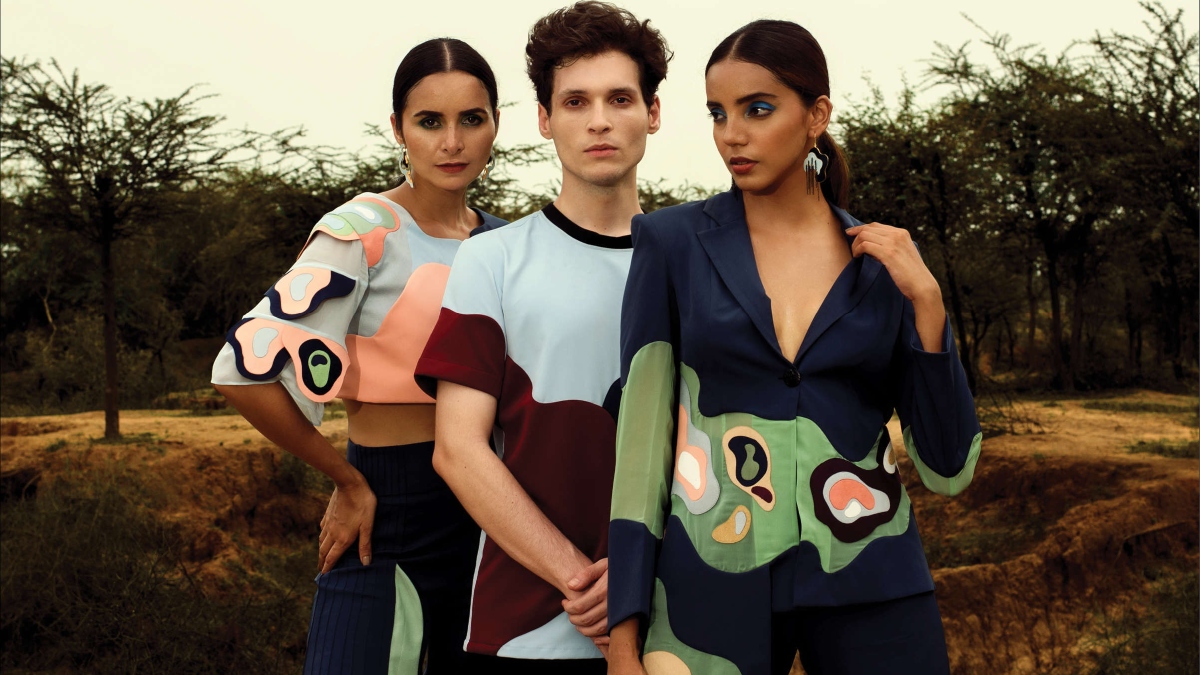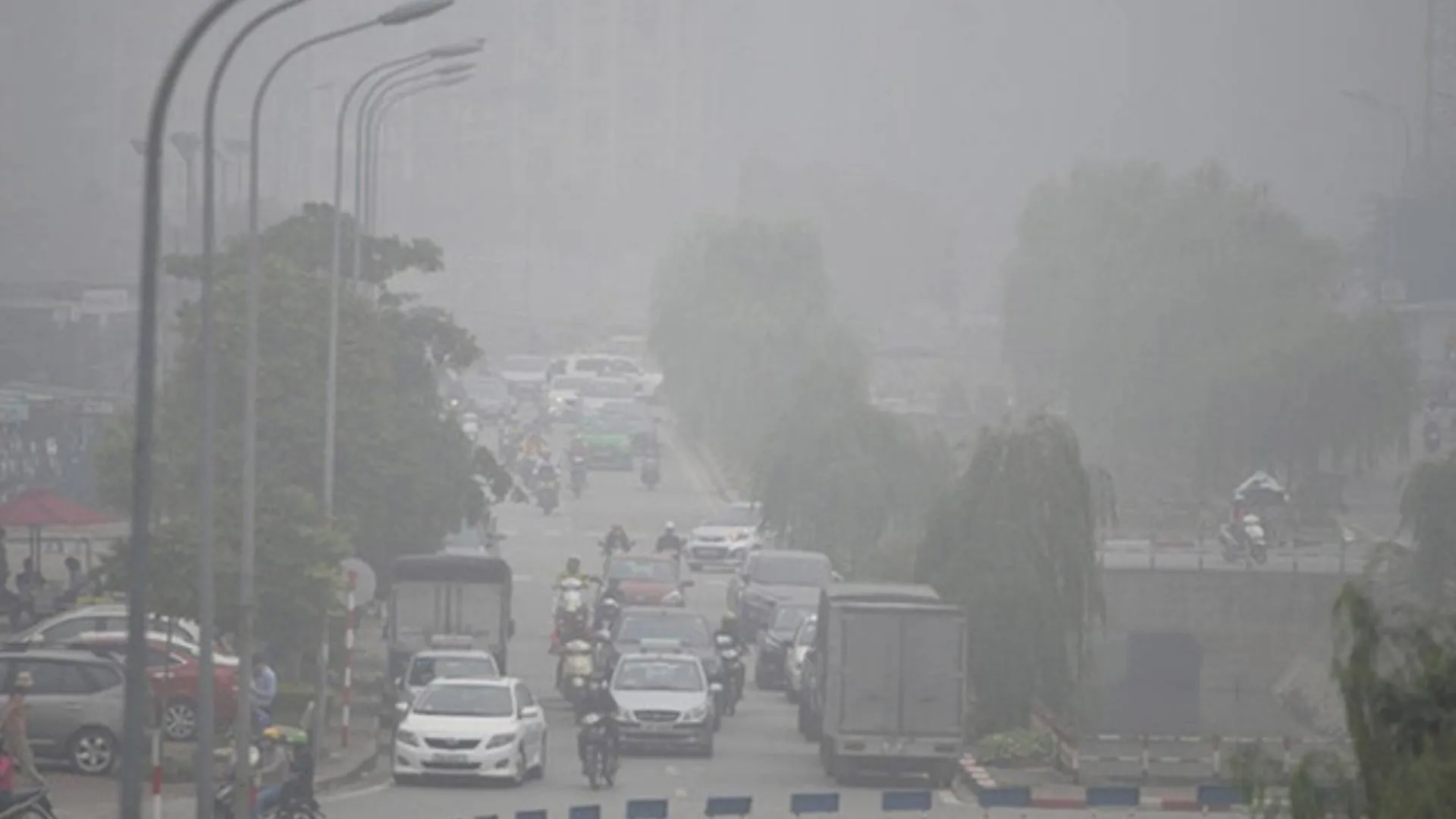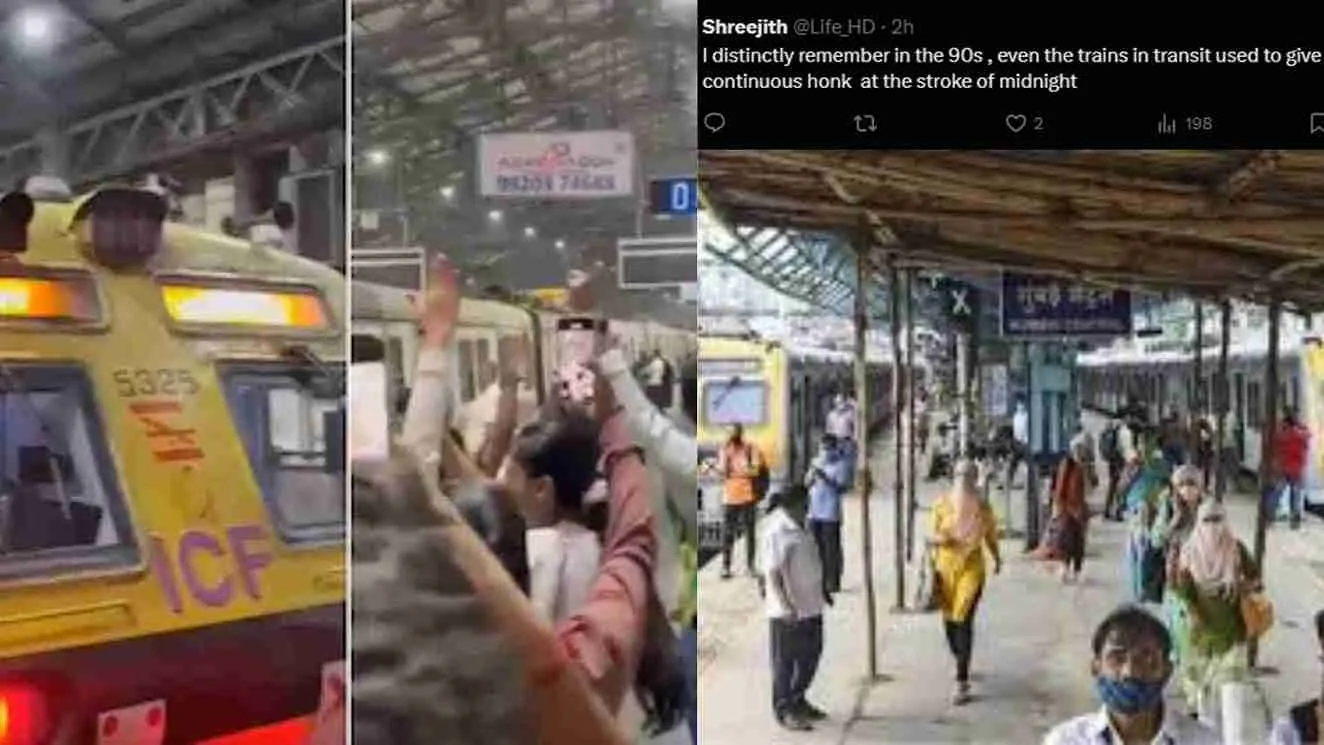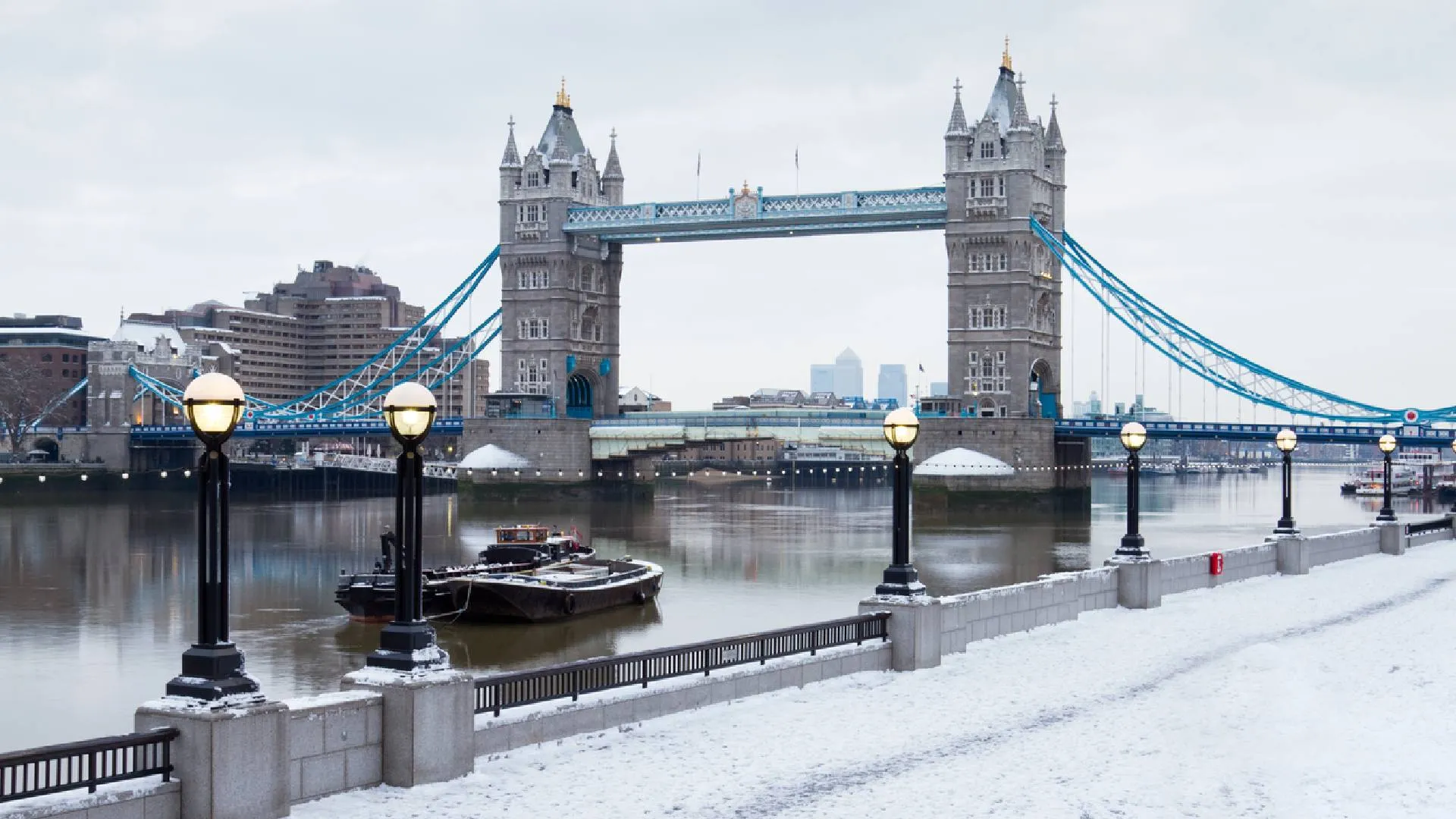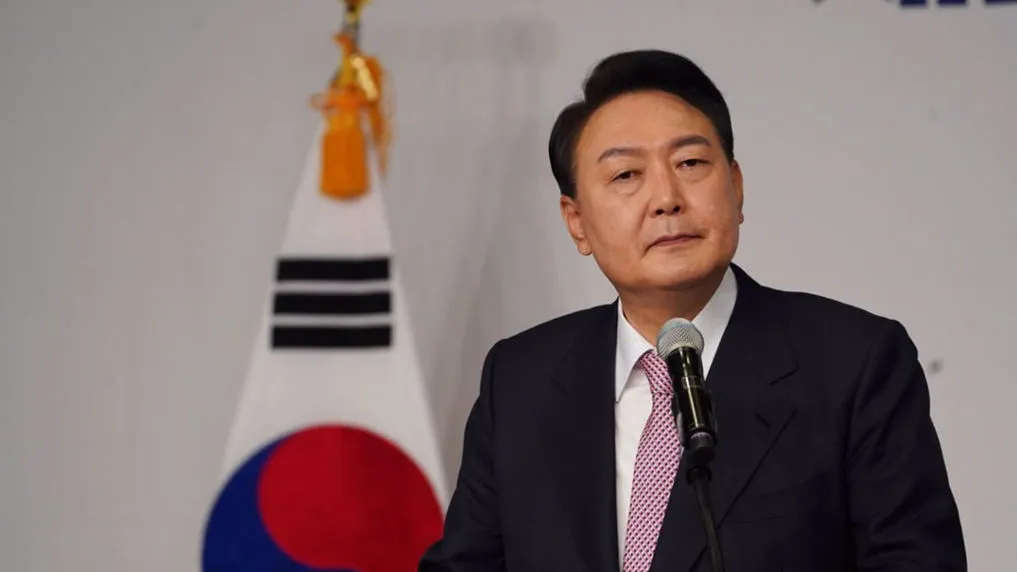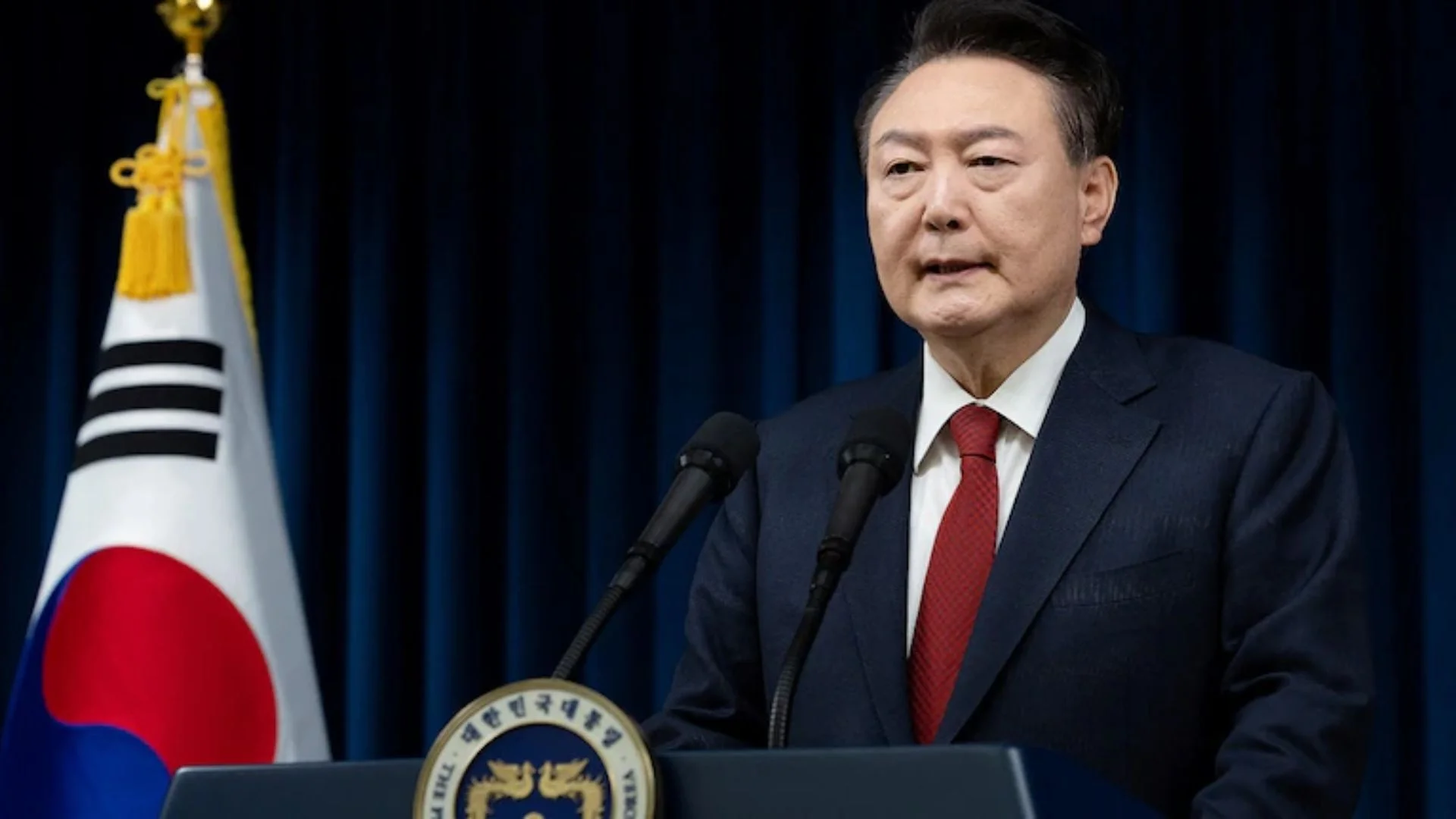The recent flaws in the Indian Fashion Law have raised questions on the existing guidelines and methods failing to protect it. The fashion industry is a global phenomenon followed by millions of people. Fashion is a billion dollar industry in different countries including India & USA. Indian textiles have also been one of the most sought after globally. It is a vibrant and global hub for business. But this cannot be ignored that people in the Fashion Industry suffer a lot, thereby compromising with their work and putting their unique ideas at stake. There are laws which regulate fashion and protect the rights of the creators. It is regulated by IP Laws, mainly– The Copyright Act 1957, The Trademark Act 1999, The Designs Act 2000, and The Geographical Indication Act of Goods Act, 1999. Though these Fashion Protection Laws are present but they are not competent enough to deal with this sector completely. The intellectual property represents the prominent concerns of the fashion designer, and to deal with this multiple laws are needed to be put on table. It includes corporate governance, real estate, labor, advertising, internet and technology, import & export, and the growing necessity for each brand to have an online presence and more.
THE AWE-INSPIRING WEDDING LEHENGAS
In today’s world everybody wants to try different looks and flaunt their clothing and style, but it isn’t possible for every being to do such a thing. Money becomes a restraint to such an effort. The main problem starts here. Local Indian market knows the fashion taste of the people. They hunt down and create styles copied from original brands, creators, designers etc. Since it is nearly impossible for a local person to buy the same original design, so they settle with the copied version of the product. People today are more concerned with what Anushka Sharma, Deepika Padukone and Priyanka Chopra were wearing on their respective wedding day. They have an urge to dress like them and flaunt their clothing. But money restricts them. It is nearly impossible for a common person to bear the cost of such lehengas which costs worth lakhs. The local Indian market sellers know this ultimate weakness of the people. It is here where the flawed practice comes into play and people use such practices to satisfy their dream clothing experiences. These markets sell their own products but are copied versions i.e. first copies of the original products. They are available at a much cheaper rate as compared to its real design. This is crime and the owner/creator/designer of the original product needs protection against this illicit use of their creation. It is just like stealing someone’s car, painting and recreating it and thereafter selling it to some third party claiming to be one’s own car bought from his/her own hard earned money.
Be it Delhi’s Chandani Chowk, Gaffar Market, Lajpat Nagar or Sarojni Nagar, Mumbai’s Linking Road, Bangalore’s Brigade Road and the Vardaman Market in Kolkata, one can find multiple shops selling copies of the lehengas at a cheaper subsidized rate as compared to the original prices. It is quite obvious that these lehengas cost way higher and are out of the league for most of the people. This leads them to resort to easy means to look perfect in the same lehenga. This is where contrabands and copies of the original creations come to the rescue.
DECEPTIVE PRICES
ONE SHOULD NOT RELY ON
Owing to the fact that false and fake copies of products are being sold in the market, obviously amounts to their prices being kept low to attract more customers. Though this is completely illegal on the side of traders but customers are willing to pay the subsidized prices in lieu of wearing a next-to-original copy of a brand or product.
Several replicas of wearable are sold in stores across India. A shop owner in old Delhi’s Chandani Chowk sold the first copy of Bollywood Actor Anushka Sharma’s wedding lehengas for Rs 1.5 lakh. The price of the customized version of the same lehenga can go up to Rs 2.5 lakh. The price of the designer lehenga depends on the kind of the embroidery the customer wants. The original price of such lehengas can be around 7-8 lakh and even more, and it is surprising to note that a copy of the same dress is sold for something as low as Rs 12000.
Shops and boutique owners simply copy the original design, create required changes as per the customer’s demand, and then sell those copies in varied prices. It has been reported that many such boutiques get as much as 5000 orders on one single wedding season. The prices are deceptive but the customers are happy because obviously not everyone can afford expensive wedding dresses. It was reported by Times of India (TOI) in 2018 that Sabyasachi and Manish Malhotra are the two designs whose bridal designs are copied the most.
PEOPLE BEING DUPED IN THE NAME OF BRANDS
In the year 2012, Chandigarh Police raided and busted illegal clothing trade which had been functioning for a long time. They found that a Tommy Hilfiger denim which costs over Rs 3,500 in an authorized showroom was sold at just Rs 400. Similarly, a Calvin Klein shirt costing above Rs. 2000 was being sold at just Rs 350. When the raid was conducted with the help of the company officials, many duplicate denims, shirts, jackets, pullovers and T-shirts were found.
Traders have been using fake logos and stickers of branded clothes to run their illegal business for a long time now. It is highly required that proper laws and regulations should be implemented and used against such practices. The most coveted brands such as Gucci, Versace, Armani, Louis Vuitton, H&M, Kenzo and many more might be a big deal for some but the street markets in India are thriving on the copies of these brand names. Such practices doubt the competency of the present IP laws in the fashion industry.
LAWS GOVERNING IP AND FASHION INDUSTRY
The Copyright Act, 1957 and The Designs Act, 2000 gives two kinds of protection to the people involved in the Fashion Industry. Designers are aggressively pushing to protect their design rights of this category. In 2017 Rohit Bahl became the first designer in India to get copyright over his entire collection and was thereafter, followed by number of other designers.
Selling first-copies of branded products is not a legal business. It leads to counterfeiting which is a form of infringement of trademark. There are various civil and criminal actions under the Indian trademark law which can be taken against those who violates functioning someone’s brand product or business.
PROTECTION UNDER THE TRADEMARK ACT, 1999
Section 103 and 104 lays down provisions for imprisonment for a term which is not less than 6 years and may extend up to 3 years, including fine not less than 50,000 rupees which may extend up to 2 lakh rupees, when there is a case of false application of trademark and selling of goods to which a false trademark is applied.
Furthermore, section 115(4) of the Act talks about the powers of police for the process of search and seizure of any product which calls for action against the infringement of trademark. Basically the police officer or any such authority has to follow certain norms and the Registrar’s opinion before conducting any sort of raid anywhere.
The proprietor whose rights are infringed can seek fast forward action. She/he can file a criminal complaint under section 156 of CrPC. Section 156(3) lays down that in case of refusal by the police to lodge an FIR and initiate criminal action, the aggrieved party can file a complaint before the Magistrate, as per the procedure laid down under section 190 of the CrPC, 1973.
Protection under The Copyright Act, 1957
Logos and designs which are used as brand identities for representing businesses can be protected as copyrights as well, if they are original artworks, and possess an element of creativity.
If there is an infringement of the said mark, the proprietor can take action under section 63 of the Copyright Act, 1957. There is a provision of punishment of 6 months imprisonment which can be extended up to 3 years. A fine of 50,000 rupees can be imposed too, which can go as high as 3 lakh rupees.
Under Section 64(1) of the Copyright Act, 1957, a police officer not below the rank of sub-inspector has the power to seize infringing copies of work without a warrant.
The proprietor whose mark is said to be infringed can file a criminal complaint citing charges under section 420 of IPC, along with section 63 of the Copyright Act. Under section 156(1) of CrPC, 1973 the investigating officer has the power to start an investigation after making an arrest without a court’s order.

